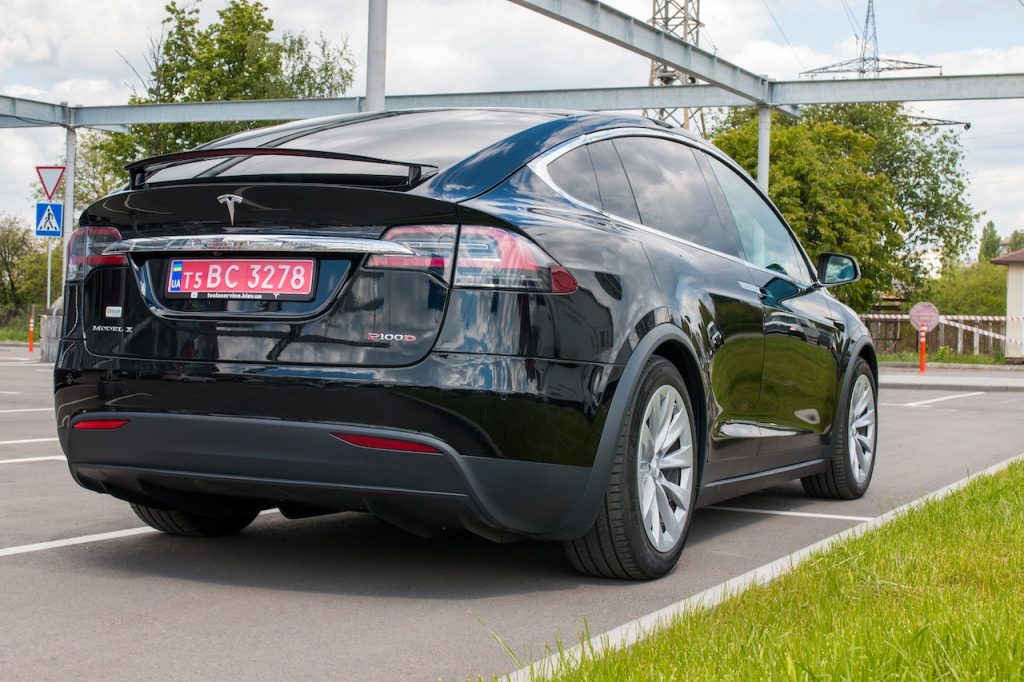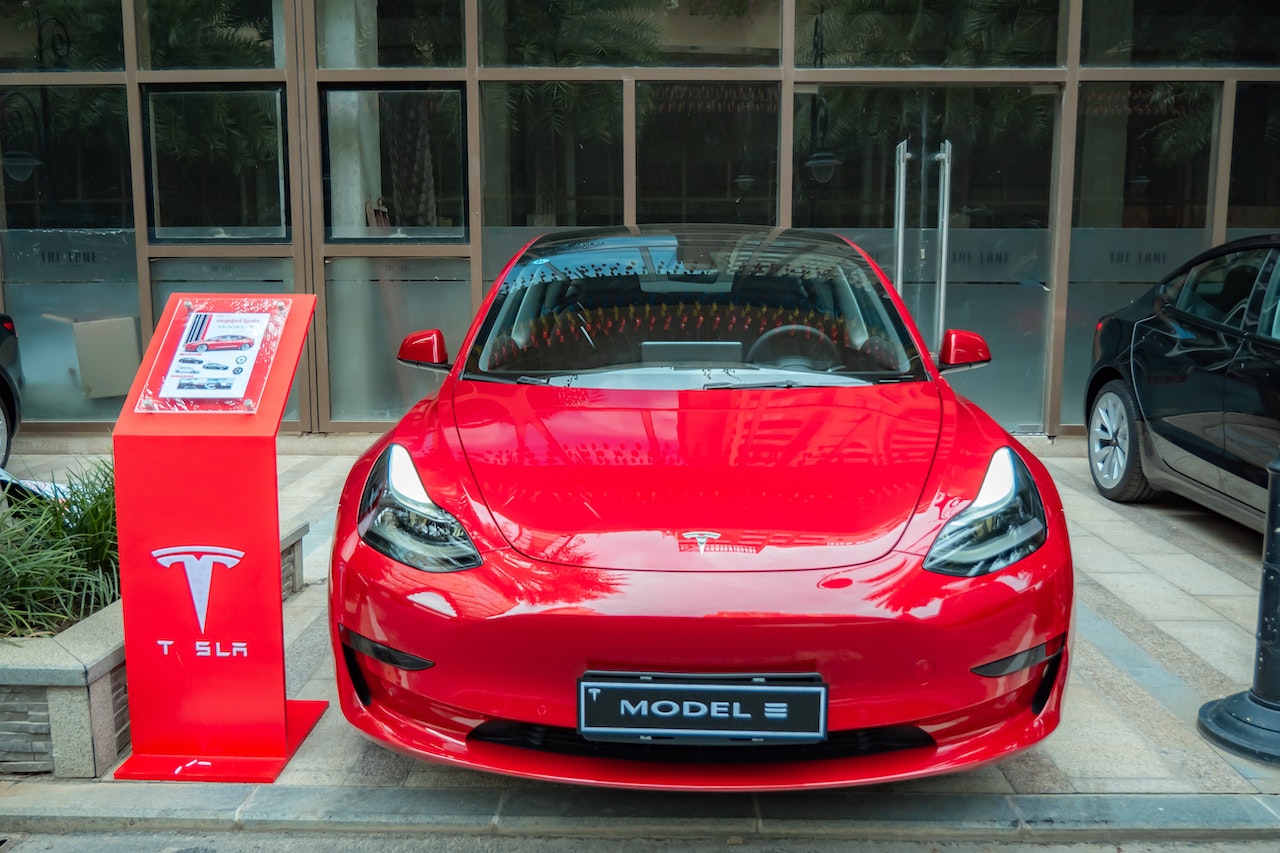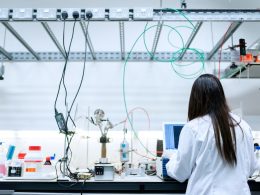Tesla vehicles work by storing energy in batteries. Instead of using a single large battery, they use hundreds of smaller batteries linked together. These batteries contain lithium and can store a lot of energy. They can also be charged quickly. These batteries help to keep the car running at full capacity. (Also Read:5 Things You Should Know About Smart Cars )
How do they Work?
Electric motors
Tesla’s cars use electric motors instead of gas ones. The company says that Tesla vehicles are 10 times safer than gas-powered vehicles. However, the company has acknowledged that the battery system can overheat, making fires harder to fight. Tesla has said that the safety of its cars is its highest priority, and it has investigated spontaneous battery fires to ensure that they don’t happen in their vehicles. The company also claims that the design of its batteries protects the cabin from fire.

The electric motors in Tesla vehicles use a combination of synchronous and induction technologies. They are highly efficient at both low and high speeds. They are also durable and have a high power density. The motors in Tesla vehicles operate at high efficiency over long periods of time. The motors also help the cars maintain a high-speed drive.
While the company doesn’t have a model-year refresh schedule, it makes sure to add new motors to its vehicles as they become available. As a result, the company’s Model S Long Range Plus recently broke the 400-mile mark. Tesla’s internet-connected cars also collect data to optimize their fuel efficiency. The data collected from these vehicles is used to make software changes.
Computerized electronic braking system.
Computerized electronic braking is a key component of Tesla vehicles. The system allows the car to reduce speed without wearing out its brakes. This helps to reduce fuel consumption, extend service intervals, and increase efficiency. The system also uses kinetic energy from the road to recharge the battery.
Compared to hydraulic brakes, electric brakes are more precise and easier to manage. The computer can access more data, increasing brake control and extending brake pad life. This improved performance is also safer for the car. This system also makes it easier to stop, makes the brake pads last longer, and makes the car safer.
The computerized electronic braking system in Vehicles uses high-performance Brembo brakes on all four wheels. These brakes are actuated by a computer, and the resulting friction slows down the car. The Tesla brakes also have regenerative braking, which uses the extra energy to recharge the car’s batteries.
Another major feature of the computerized electronic braking system in Tesla vehicles is that it is very hard to overheat. To activate the brakes, the driver must press the park button twice. The electric brakes in Tesla vehicles are powered by a separate battery pack from the car’s main power pack.
Dual motors for the front and rear wheels.
Dual motors for the front and rear wheels of the Tesla vehicles are an option on the entry-level Model 3. However, it costs an extra $9,000 to add this feature to your Model 3. Therefore, you should not expect dual-motor capability to make your Model 3 faster. Rather, consider the dual-motor option as a way to improve the vehicle’s performance.
Dual motors for the front and rear wheels allow drivers to accelerate more quickly. The front motor is capable of producing 50% more torque than the rear motor. The result is a vehicle that accelerates faster without the driver having to be a pro. Several vehicles, such as the Alfa Romeo Bimotore, the Citroen Sahara, and the Mercedes A38 AMG, have dual motors for the front and rear wheels.
Tesla first introduced dual motors in its Model S, a car that came with a front and rear-wheel-drive system. The dual-motor system sends power to specific wheels, which allows the car to get traction even in poor conditions. This new dual-motor all-wheel-drive system is different from other all-wheel-drive systems because it uses a digital system to switch power in milliseconds.
Battery chemistry
Tesla has been experimenting with different battery chemistry for its vehicles. One of the new battery chemistries used in its Model 3 cars is lithium iron phosphate, or LFP. This chemistry is cheaper than other lithium chemistries and has a lower fire risk than lithium-ion batteries. The company has lined up a supply deal with a Chinese cell manufacturer and could bring down the cost of LFP batteries for its cars.
While experimenting with the chemistry of its batteries, Tesla has been using a new silicon-based anode to make them more long-lasting. The company says that its chemistry allows the anode to hold more lithium while keeping the same volume. The company claims that the new battery cells can charge to 100% in 10 minutes.
Tesla’s patent application also mentions grid energy storage, solar energy storage, and electric vehicles. It also highlights the use of new chemistries for the cathode and anode of its batteries. However, it does not say how the new chemistries will change the performance of the batteries.
Range
Among the many features that differentiate Tesla vehicles from other electric vehicles is their range. The Model S has a range of over 300 miles, and the Model X has a range of over 500 miles. The new Tesla Model 3 is a great alternative to the Tesla Model S. It is aesthetically appealing and has a driving range that rivals the Nissan Leaf. Its acceleration from 0 to 60 mph is just 3.1 seconds.
The range of Tesla vehicles depends on the model and the number of superchargers available. The Model S has the best range and is capable of getting you from New York City to Washington, DC, or Delaware. Most of the models have enough range for everyday use, and superchargers are increasing in number. Depending on the battery size and driving style, a Model S can have a range of between 150 and 403 miles.
In order to maximize the range of a Tesla car, it’s important to drive carefully and conserve energy. Driving into a headwind or in sub-zero temperatures will reduce the range of the car. Additionally, it’s important to make sure that the tires are properly inflated. These tips can help you maximize the range of your Tesla.
Safety
Tesla is a company known for producing electric cars, but the safety of their cars is a major concern. The manufacturer has reported a high driver fatality rate, more than double that of other luxury vehicles. While this may not seem like a large problem, it does show that Tesla has not done enough to ensure the safety of its vehicles. This makes them an expensive investment, but the risk of a Tesla crash is high, and they are unlikely to save lives unless they are repaired.
The Tesla Model Y has a camera-only vision system that detects pedestrians and other road users. This system also protects passengers in an accident. When compared to competitors, the Model Y scored 97 percent for Adult Occupant Protection.It also got “near-perfect” scores for safety assist and full points for lane support and a camera-based system for keeping an eye on the driver.
In response to these reports, the NHTSA, which regulates the safety of cars, contacted Tesla. The agency thought the company’s statement was false and sent the case to the consumer protection bureau of the Federal Trade Commission.
Reliability
If you’ve been looking for a reliable electric car, you may have heard a lot about the Tesla brand. Its electric cars are among the most technologically advanced on the market. But are they reliable? The first step in determining if a Tesla is reliable is to determine its reliability rating. Consumer Reports, a respected automotive news organization, rates vehicles based on reliability. Their reliability scores are based on how many people reported problems and how they compare to the average reliability score of all cars from the same model year.
Consumer Reports has conducted several reliability studies to rank automakers. In one of its surveys, Tesla ranked 27th out of 28 automakers. But consumers have had trouble with the reliability of Tesla vehicles, including fires, leaky trunks, and electrical problems. The reliability scores of Tesla cars vary by model, with the Model 3 getting the best overall score.
Despite their reputation, Tesla has been having a rough year. In the last year, the company relocated its headquarters and admitted to quality control issues. Consumer Reports predicts that Tesla will be reliable by 2022, which is a full two years from now. While it isn’t 100% reliable, Consumer Reports still recommends purchasing a Model 3 sedan if you’re looking for a reliable electric car. (Also Read: 4 Facts About Artificial Intelligence)











